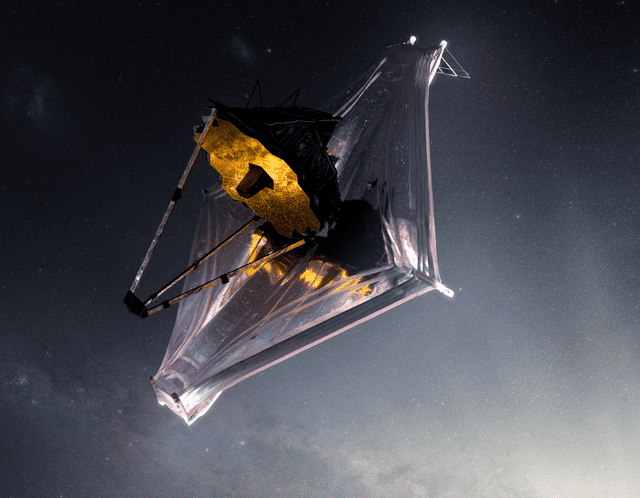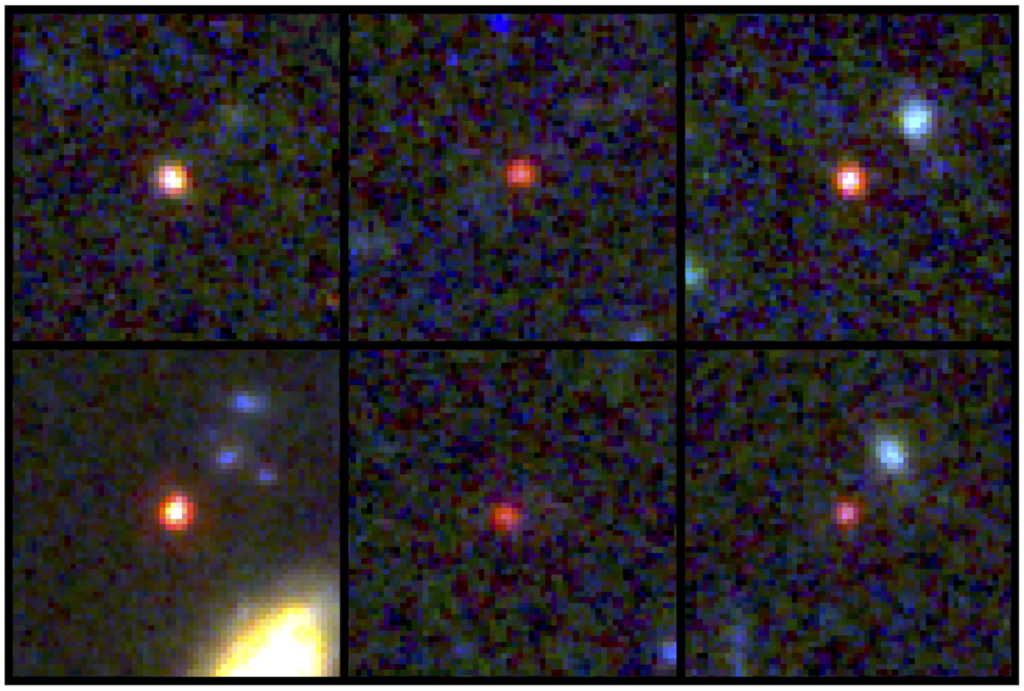
The discovery of six massive galaxies by the James Webb Space Telescope (JWST) challenges the conventional wisdom among astronomers regarding the cosmic web’s origins.
A team of international researchers used the first publicly available data from NASA’s JWST to uncover evidence of galaxies as old as the Milky Way. However, these fully-formed galaxies were dated to when the universe was only 3% of its present age, just 500–700 million years after the Big Bang. Essentially, they got to see roughly 13.5 billion years back in time, near the beginning of the universe as we know it.
The astronomers used full-color images and spectroscopic data released by NASA on July 12 and found that these ancient galaxies were very different from what was expected.
“These objects are way more massive than anyone expected,” said Joel Leja, Penn State assistant professor of astronomy and astrophysics, who modeled light from these galaxies. “We expected only to find tiny, young, baby galaxies at this point in time, but we’ve discovered galaxies as mature as our own in what was previously understood to be the dawn of the universe.”
The findings, presented in Nature, cast doubt on the conventional wisdom regarding galaxy formation at the Big Bang and demonstrate that the six galaxies are much more massive than previously thought possible.
The newly-discovered galaxies are so massive, in fact, that they conflict with 99 percent of cosmological models. Either cosmological models may need to be revised, or the current understanding of how galaxies formed in the early universe may need to be rethought, as it is currently believed that galaxies began as tiny clouds of stars and dust before expanding into larger and larger structures. Either possibility would require rethinking our beliefs about the Big Bang and the origins of the universe.

While the data indicates they are likely galaxies, Leja says there is a possibility that some of the objects could actually turn out to be obscured supermassive black holes.
“Regardless, the amount of mass we discovered means that the known mass in stars at this period of our universe is up to 100 times greater than we had previously thought,” Leja said. “Even if we cut the sample in half, this is still an astounding change.”
Webb, the largest infrared telescope in space, can detect light from the universe’s oldest stars and galaxies and was created to observe the Big Bang of the cosmos. Its high resolution allows it to observe objects too old, distant or faint for the Hubble Space Telescope.
“What’s funny is we have all these things we hope to learn from James Webb and this was nowhere near the top of the list,” Leja said. “We’ve found something we never thought to ask the universe — and it happened way faster than I thought, but here we are.”
Leja said that a spectrum image of the massive galaxies would be one way to confirm the team’s finding and put to rest any remaining doubts. Then the team would have information about the gasses and other components of the galaxies, as well as their true distances. The researchers could use the information to simulate the galaxies’ shapes and sizes more accurately.
“We looked into the very early universe for the first time and had no idea what we were going to find,” Leja said. “It turns out we found something so unexpected it actually creates problems for science. It calls the whole picture of early galaxy formation into question.”


